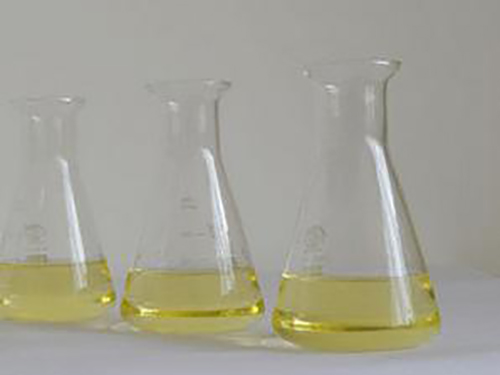Understanding the Processes of Coagulation and Flocculation in Water Treatment Systems
Coagulation and Flocculation Essential Processes in Water Treatment
Coagulation and flocculation are vital processes used in water treatment to remove impurities and ensure safe and clean drinking water. These physical-chemical processes take advantage of natural properties of particles and their interactions to achieve effective sedimentation and clarification. Understanding how coagulation and flocculation work is crucial for developing better water purification techniques.
The Basics of Coagulation
Coagulation is the first step in the water treatment process. It involves the addition of chemical coagulants to the water to destabilize suspended particles. Common coagulants include aluminum sulfate (alum), ferric chloride, and polyaluminum chloride. When these chemicals are introduced into water, they neutralize the charge of the suspended particles, which typically carry negative charges. This neutralization reduces the repulsive forces between particles and allows them to aggregate.
The process of coagulation is highly influenced by several factors, including pH, temperature, and the nature of the water being treated. Adjusting the pH is often essential because coagulants work best at specific pH levels. For instance, alum is most effective in slightly acidic to neutral conditions, typically within the pH range of 6 to 8. Temperature also affects the kinetic energy of particles; warmer temperatures can increase particle interactions, enhancing coagulation efficiency.
The Role of Flocculation
Flocculation follows coagulation and involves the gentle mixing of water to encourage the formation of larger aggregates called flocs. These flocs are clumps of particles that can include the destabilized impurities, and their larger size facilitates easier removal from the water. Flocculation typically involves slower mixing methods, often using mechanical stirrers or paddle mixers, to avoid breaking the formed flocs apart.
coagulation and flocculation

The goal of flocculation is to create a critical mass of flocs so that they can settle out of the water during subsequent sedimentation. The efficiency of flocculation depends on factors like mixing time, intensity, and the types of flocculants used. Commonly used flocculants include synthetic organic polymers, which help enhance the aggregation of particles and improve the settling characteristics of formed flocs.
Sedimentation and Filtration
Once flocs have formed, the next phase is sedimentation, where gravity pulls the heavier flocs down to the bottom of the treatment tank, resulting in their separation from the clarified water above. This process is crucial, as it greatly reduces the turbidity of water, making it cleaner and more suitable for consumption.
Following sedimentation, additional steps such as filtration may be applied to further purify the water. Filters can capture any remaining flocs or impurities that did not settle out during the sedimentation process. The combination of coagulation, flocculation, and sedimentation creates a highly efficient method for treating water, which can then be subjected to further disinfection processes to eliminate microorganisms.
Conclusion
Coagulation and flocculation are essential processes in modern water treatment, playing a significant role in ensuring the safety and quality of drinking water. By effectively removing suspended solids and impurities, these processes contribute to public health and environmental sustainability. Continuous research and development in this area aim to improve the efficiency of coagulation and flocculation techniques, making them more cost-effective and environmentally friendly. As the demand for clean water rises, the significance of these processes in water treatment becomes increasingly paramount.
-
Water Treatment with Flocculant Water TreatmentNewsJun.12,2025
-
Polymaleic AnhydrideNewsJun.12,2025
-
Polyaspartic AcidNewsJun.12,2025
-
Enhance Industrial Processes with IsothiazolinonesNewsJun.12,2025
-
Enhance Industrial Processes with PBTCA SolutionsNewsJun.12,2025
-
Dodecyldimethylbenzylammonium Chloride SolutionsNewsJun.12,2025





